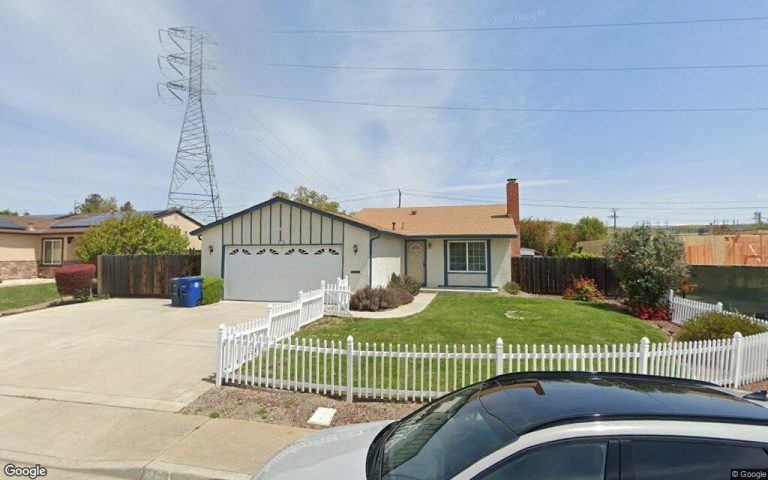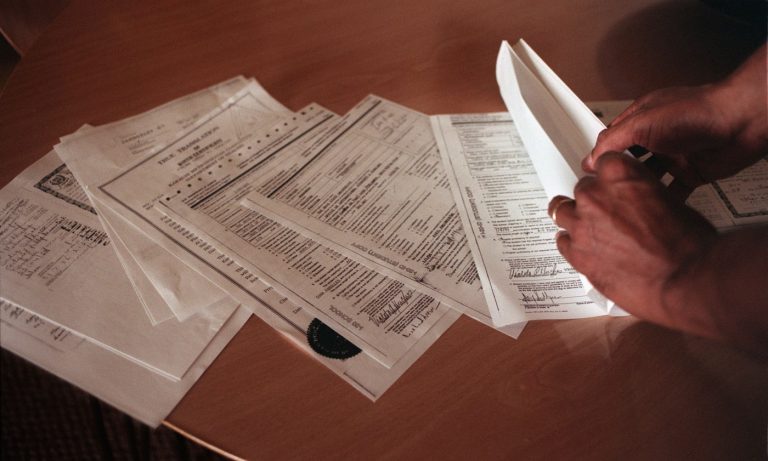Joe Williams may never forgive Pacific Gas and Electric for its neglect of faulty power lines that sparked the devastating Camp Fire in 2018, killing more than 80 people and forcing his mother to flee from her home in Oroville.
Now Williams is facing his first bill from the utility since it raised rates by 13% in January to pay for long-needed mitigation efforts it says will help prevent another deadly blaze, and he’s feeling frustrated.
“It feels unfair,” he said. “If they’re not going to maintain their equipment, they need to be on the hook for it.”
In November, the California Public Utilities Commission — tasked with overseeing the utility — approved the rate hike for PG&E’s 16 million customers across Northern and Central California, allowing the company to raise $1.3 billion it says it needs to bury 1,230 miles of power lines, as well as fund investments in clean energy and vegetation management.
Burying lines underground is costly, and customers are bitter about having to foot the bill for what they perceive as PG&E’s mistakes.
A year ago, Kristof Tigyi paid $120 to PG&E for heat and electricity for his one-bedroom apartment in Santa Cruz. This month, he was shocked to find that his bill had more than doubled — to $338.
“I’ve been here for 10 years, and I’ve never paid close to this much,” he said. “I know I’m not the only one who’s upset.”
Tigyi has been frustrated by PG&E’s occasional power outages during strong storms — which the utility says will occur less frequently once it moves more equipment underground using revenue raised in the new rent hikes.
He said he’s frustrated that the utility’s response to customers’ pushback is to offer advice on how people should save energy. That frames the high bills as a problem within customers’ control — which upsets Tigyi.
“To be told we should change our lifestyle is not really reasonable,” Tigyi said. “Make your place colder, put on layers — that doesn’t solve the bigger issue with what’s going on with PG&E as a whole, which is that they’re not providing the best service.”
For the typical customer, the current hike works out to an additional $34.50 on their bill each month, or an extra $414 per year.
“We are committed to delivering the critical work approved on behalf of our customers, and being the safe operator that our customers expect and deserve,” PG&E said in a statement. “We also remain aggressively focused on delivering work safely at a lower cost for customers. We are working toward our longer-term goal to keep customer rate increases near the typical rate of inflation for the long-term, between an average of 2 and 4% a year.”
But Californians pay some of the highest rates for electricity and gas in the country. PG&E’s rates have more than doubled since 2006, according to the Utility Reform Network, a consumer advocacy group.
That’s in part because PG&E is under immense pressure to prevent future wildfires after it admitted its role in the deadly Paradise fire, as well as the 2021 Dixie Fire that ignited after a tree fell on PG&E electrical distribution wires.
Commercial customers are also feeling the squeeze but can only do so much to reduce their energy usage. Happy Donuts in downtown Oakland already runs its store without heat or air conditioning. On cold mornings, staff wear layers to stay warm when air gusts in behind a customer walking through the door.
Related Articles
Letters: Conservation pays | Vote for Sreekrishnan | Renewable energy
Electric bill based on income? Forget it, California lawmakers of both parties agree
After a 24-hour respite, light rain expected ahead of powerful second wave in ‘atmospheric river’
Elias: California utilities panel’s conflicts of interest must be prevented
What’s happened since California cut home solar payments? Demand has plunged 80%
Chanreasy Tum, who owns the shop with her husband, Alex Chow, said she only uses power to run their oven, a donut fryer and the lights. Still, she says that her bill has increased to $2,000 a month from from $1,400 when she opened the store in 2017.
“We have tried to limit our light usage, but some things we can’t avoid,” she said. “I can’t do anything about it.”
The increasing cost of power — along with ingredients and labor — has forced her to raise prices in the last year by 25 cents a donut.
“Donuts are cheap — so we can’t raise prices by as much as we’d like to,” Tum said.
Customers may hardly have time to get used to the new rate hikes before new ones land. PG&E asked the CPUC in December to approve an additional 7.2% increase that would collect another $1.46 billion in revenue — which would lead to an average $15 monthly increase in residential customers’ bills for the remainder of 2024. The CPUC’s decision is due in April or May, a PG&E spokesperson said.













+ There are no comments
Add yours